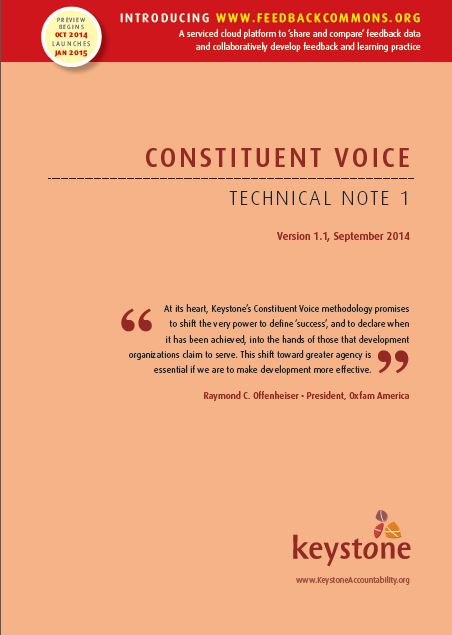
Constituent Voice: A Technical Note
Constituent Voice is a methodology developed by Keystone Accountability to enable organizations to improve results by optimizing their relationships with their constituents. Steps are 1) Designing; 2) Collecting; 3) Analyzing; 4) Closing the loop; 5) Course correcting
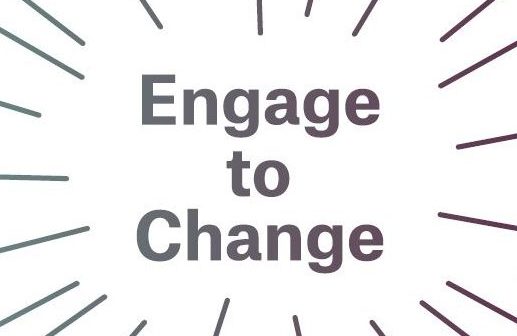
Engage to Change
Service organizations are meeting the immediate needs of their constituents and provide essential supports. At the same time, many of these groups recognize how larger policies and procedures can make their job harder and limit options and opportunities of their program participants. With increasing inequality, slashes in public budgets, and greater demand on their services, nonprofits are looking for new ways to do their work.
Several years ago, we were struck by the way some of our grantee partners were changing how they saw the people they serve, who are commonly seen as recipients or beneficiaries of the organization’s expertise and services. Instead, a growing number of groups worked with their program participants as partners in making change in their own lives, the organization, and in the surrounding community. We hosted a series of conversations with a dozen New York City nonprofit service delivery organizations to discuss the motivation, benefits, and challenges of embracing this way of engaging clients and community members.
Engage to Change comes out of these discussions and a mapping process to catalogue the varied modes of doing the work. Our conversations were facilitated by the Building Movement Project which has a decade of experience working with nonprofits, especially service providers, on how they can integrate social change practices into their everyday responsibilities. We drew on the design skills of the Center for Urban Pedagogy in order to have a compelling, visual way to explain the changes that are taking place. It offers service providers and funders concrete examples of why meaningful participant engagement makes a difference. We also provide a list of resources that can be helpful for those who want more information.
The set of strategies outlined here describes how some service organizations are integrating social change into their everyday work. Supporting the voice of their service recipients helps participants gain a sense of efficacy and gives organizations new ideas and power to make change.
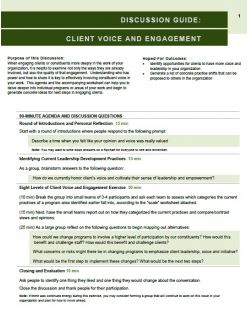
Client Voice and Engagement
When engaging clients or constituents more deeply in the work of your organization, it is helpful to examine not only the ways they are already involved, but also the quality of that engagement. Understanding who has power and how to share it is key to effectively involving constituent voice in your work. This agenda and the accompanying worksheet can help you to delve deeper into individual programs or areas of your work and begin to generate concrete ideas for next steps in engaging clients.
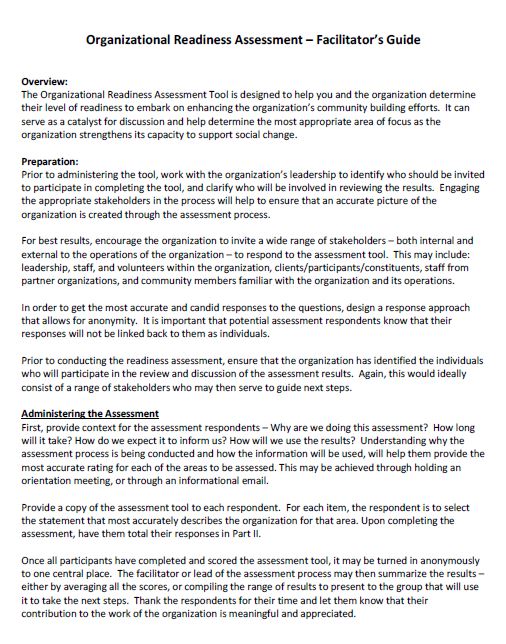
Organizational Readiness Assessment-Facilitators Guide
This guide is for facilitators administering the Organizational Readiness Assessment Tool.
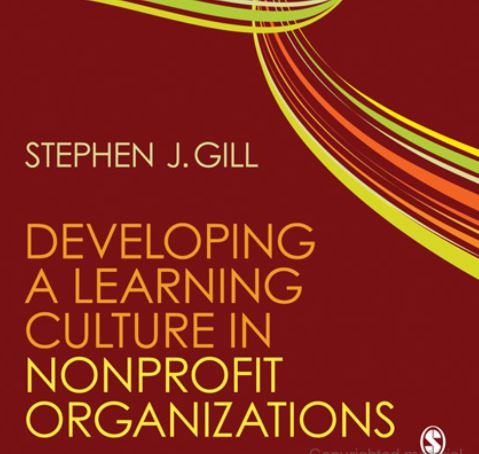
Developing a Learning Culture in Nonprofit Organizations
How can today’s nonprofits demonstrate effective use of funds? How can they motivate employees and volunteers and combat burnout and high turnover? How can they ensure that they are performing in accordance with their mission and purpose?
Author Stephen J. Gill answers these questions and more in “Developing a Learning Culture in Nonprofit Organizations”. Filled with practical tips and tools, the book shows students and managers of human services, arts, education, civic, and environmental agencies how to implement a learning culture with individuals, teams, the organization as a whole, and the larger community.

From Input to Ownership: How Nonprofits Can Engage with the People They Serve To Carry Out Their Missions
This article is about asking, listening, and more. It looks at how some leading nonprofits are engaging clients, beneficiaries, or residentstheir constituents in order to deliver services more effectively and have more impact on the social concerns they are trying to address.

Listening to Those Who Matter Most
This article offers a basic understanding of the importance of including the views and experiences of beneficiaries.
